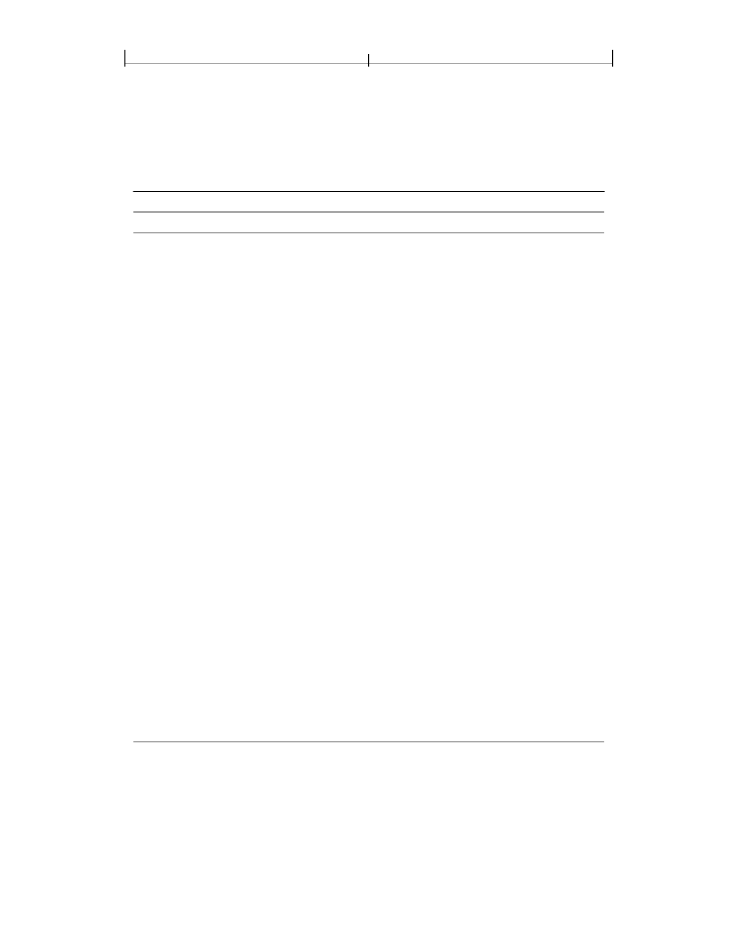
APPENDIX D
996
Character Sets and Encodings
ZapfDingbats
(ITC Zapf Dingbats) font programs, which are among the standard
14 predefined fonts. These fonts have built-in encodings that are unique to each
font. (The characters for
ZapfDingbats
are ordered by code instead of by name,
since the names in that font are meaningless.)
TABLE D.1 Latin-text encodings
ENCODING
DESCRIPTION
StandardEncoding
Adobe standard Latin-text encoding. This is the built-in encoding
defined in Type 1 Latin-text font programs (but generally not in
TrueType font programs). PDF does not have a predefined encod-
ing named
StandardEncoding
. However, it is useful to describe
this encoding, since a font’s built-in encoding can be used as the
base encoding from which differences are specified in an encod-
ing dictionary.
Mac OS standard encoding for Latin text in Western writing sys-
tems. PDF has a predefined encoding named
MacRomanEncoding
that can be used with both Type 1 and TrueType fonts.
Windows Code Page 1252, often called the “Windows ANSI”
encoding. This is the standard Windows encoding for Latin text
in Western writing systems. PDF has a predefined encoding
named
WinAnsiEncoding
that can be used with both Type 1 and
TrueType fonts.
Encoding for text strings in a PDF document
outside
the docu-
ment’s content streams. This is one of two encodings (the other
being Unicode) that can be used to represent text strings; see Sec-
ing named
PDFDocEncoding
; it is not customary to use this
encoding to show text from fonts.
An encoding for use with expert fonts—ones containing the
expert character set. PDF has a predefined encoding named
MacExpertEncoding
. Despite its name, it is not a platform-specific
encoding; however, only certain fonts have the appropriate char-
acter set for use with this encoding. No such fonts are among the
standard 14 predefined fonts.
MacRomanEncoding
WinAnsiEncoding
PDFDocEncoding
MacExpertEncoding